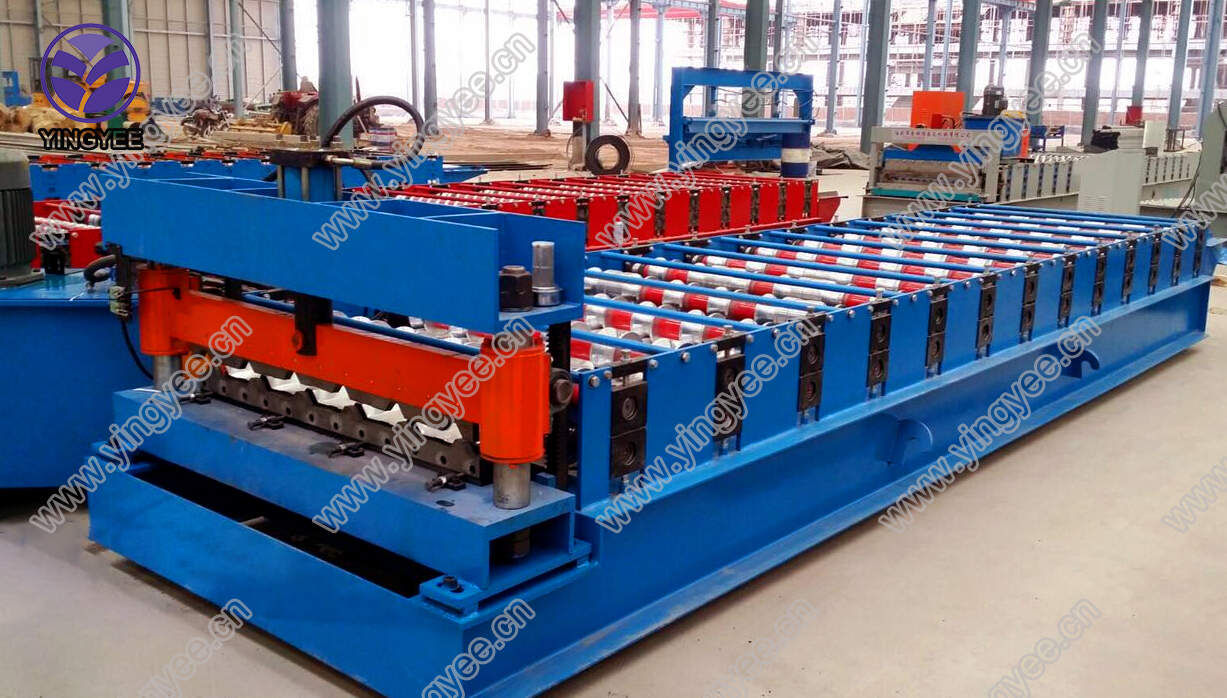
The Importance of Guard Rail Forming Machines in Road Safety
In modern society, road safety remains a paramount concern. With increasing traffic volumes and a growing number of vehicles on the roads, the implementation of safety measures has never been more critical. One such vital component in enhancing roadway safety is the guard rail, which serves to protect both drivers and pedestrians. To produce these essential safety features efficiently and effectively, guard rail forming machines have become indispensable in the manufacturing process.
What are Guard Rail Forming Machines?
Guard rail forming machines are specialized industrial equipment designed to manufacture guard rails from raw materials, typically steel. These machines perform a series of processes that involve cutting, bending, and shaping metal sheets into pre-defined profiles that meet safety standards. The end products are then installed along highways, bridges, and in other roadside areas to prevent vehicles from veering off the road, thereby reducing the likelihood of accidents.
The Process of Guard Rail Production
The production of guard rails using forming machines is both a science and an art. The process begins with the selection of high-quality raw materials, usually galvanized steel, which offers durability and resistance to corrosion. Once the steel is sourced, it is fed into the guard rail forming machine, where it undergoes several critical steps
1. Cutting The large steel sheets are cut into manageable lengths using precision cutting tools. This step is crucial as it sets the foundation for the forming process. 2. Roll Forming After cutting, the metal sheets are fed into a roll forming system. Here, the sheets pass through a series of rollers that gradually bend and shape the metal into the desired guard rail profile. The accuracy of this step is vital, as it ensures that the final product fits standard specifications.
3. Punching and Drilling During this phase, necessary holes are punched or drilled into the guard rails. These are essential for installation purposes, allowing the rails to be securely attached to posts or concrete barriers.
4. Finishing The finished product may undergo additional processes such as galvanization or powder coating to enhance durability and resistance to environmental factors.

Advantages of Using Guard Rail Forming Machines
Utilizing guard rail forming machines brings numerous benefits, both to manufacturers and the overall safety of roadways
- Efficiency These machines significantly speed up the production process. Automated machinery can produce guard rails at a much higher rate than manual methods, ensuring that manufacturers can meet demand quickly.
- Consistency With automated forming processes, manufacturers can achieve a high level of uniformity in the guard rails produced. This consistency is crucial for safety, as variations in guard rail design can compromise their effectiveness.
- Cost-Effectiveness By streamlining the manufacturing process, guard rail forming machines help reduce labor costs and waste. While the initial investment in such machinery can be substantial, the long-term savings and efficiencies gained are substantial.
- Safety Features Guard rails manufactured with precision machinery are more reliable. Properly formed and installed guard rails can absorb impact, redirect vehicles, and minimize injury to occupants during accidents.
Conclusion
As our roadways continue to evolve with the demands of modern transportation, the role of guard rail forming machines becomes increasingly vital. This machinery not only enhances the efficiency and quality of guard rail production but also directly contributes to the safety and security of our roads. By investing in cutting-edge manufacturing technology, countries can improve their transportation infrastructure and ultimately save lives. With road safety being a collective responsibility, the manufacturing of effective guard rails is a step in the right direction towards safer roads for everyone.